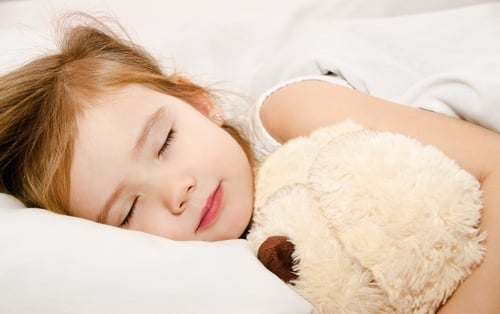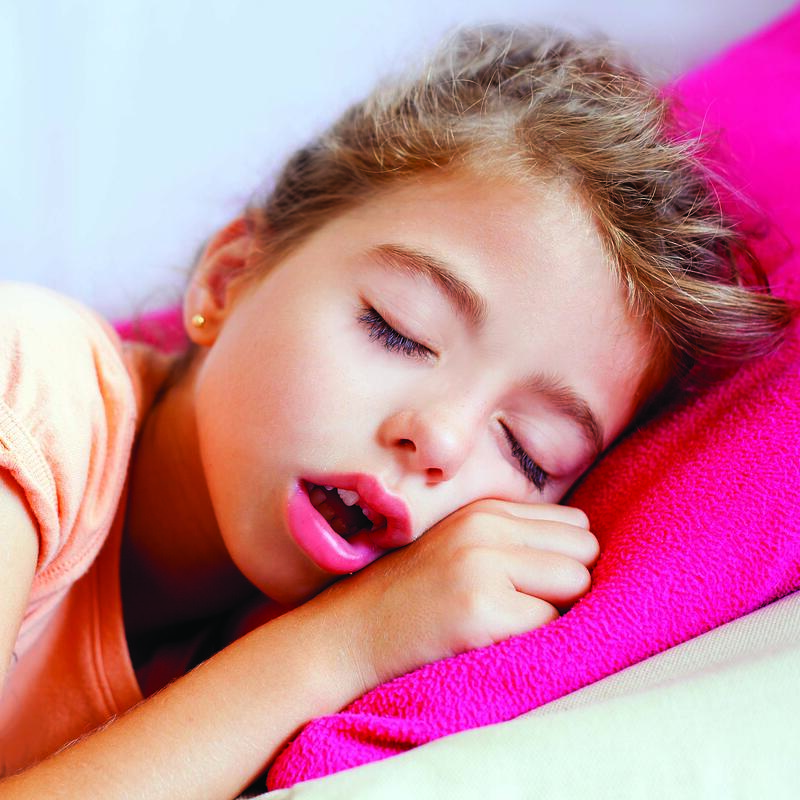Sleep Apnea in Children, Part 1: ADHD vs OSA
As humans, there is always a tendency to make mistakes. Doctors can make mistakes when a parent cannot figure out why their child is hyper, inattentive, moody, or impulsive. They act out without a moment’s notice in school and home. For the most part, the diagnoses gravitates towards an ADHD diagnosis. But for children, the symptoms of ADHD and sleep apnea are parallel if you are not asking the right questions.
Attention-deficit/hyperactivity disorder (ADHD) is a brain disorder marked by an ongoing pattern of inattention and/or hyperactivity that interferes with functioning or development. Inattention, uncontrollable impulses, and hyperactivity are the three main symptoms of concern. The American Psychiatric Association indicate 5 percent of children in the U.S. are diagnosed with ADHD; the total number worldwide is 7 percent. 
From those diagnosed, 3.5 million children in the U.S. are prescribed common ADHD medications like Ritalin and Adderall. But new studies show ADHD stimulant medication used to control these symptoms are keeping children from the needed sleep they need. Children on stimulant medication take longer to fall asleep which translates to poorer quality of sleep and less sleep.
“It can be a delay in sleep onset, sleep duration so kids are not getting as much sleep through the course of the night and having a bit more difficulty falling asleep,” said Dr. Andrew Adesman of North Shore-LIJ’s Cohen Children’s Medical Center of New York.
The problem is stemming from misdiagnosing ADHD when it could be sleep apnea. If a child does not sleep well at night, they may be moody, unable to concentrate at school, wet the bed, or even be hyperactive.
The American Sleep Apnea Association suggests that as many as 25 percent of children diagnosed with attention-deficit hyperactivity disorder may actually have symptoms of obstructive sleep apnea and that much of their learning difficulty and behavior problems can be the consequence of chronic fragmented sleep.
Obstructive sleep apnea (OSA) is a condition that involves repeated episodes of either partial or complete blockage of the airway during sleep. The body identifies this as a “choking phenomenon,” rising blood pressure, and slowing heart rate. Blood oxygen levels may also drop during an apnea episode.
Children that snore at night or make gasping noises that wake them from their sleep could be a sign of sleep apnea. Loud snoring can mean your child’s breathing is blocked. An ENT can determine if enlarged adenoids or tonsils are causing the airways to narrow. Sometimes their removal helps the condition.
Misdiagnosed cases even have dentists alert of the issue to promote proper treatments. “Oral appliances” for treatment of pediatric OSA can be helpful especially in adolescents whose facial bone growth is largely complete. With an apnea potential risk factor is if your child has any abnormality involving the tongue or lower jaw.
“A large percentage of these kids have been found to have underdeveloped mandibles or underdeveloped maxillae,” said Dentist Michael Fulbright, DDS. “These conditions can result in oral structures such as the jaws pushing back and closing the airway. When the airway is closed, they are not breathing enough—they are not getting enough oxygen… just like a regular adult sleep apnea patient. If the child has sleep apnea, they may just be tired during the day, acting out at school because they are not getting the sleep that they normally should.”
As sleep orders have moved to the most common types of condition with children diagnosed with ADHD, the variety of sleep problems with mediation could enhance the symptoms. Anxiety can especially increase with a lack of sleep among those diagnosed.
According to Health Line, adults and children have different symptoms the day after a restless night sleep. “When children don’t get enough sleep, they usually become more hyperactive. Adults, on the other hand, typically feel more fatigued and have a lack of energy.”
Disrupted sleep in children can also lead to nightmares or night terrors. Some relate these disruptions as part of the anxiety of ADHD but can be due to the apnea disturbing a full night rest.
Consequences of undiagnosed sleep apnea affect more than a restful night. Their social behavior could produce more fights with friends or behavior issues due to inattentiveness and moodiness. Sleep apnea can result in slower growth and development due to not producing enough growth hormone. Obesity can also contribute to the list of health issues causing your child to have higher resistance to insulin as well as feeling fatigued during the day.
Sleep disorders in children can lead to lower school grades and cranky children to even behavioral problems in their social lives.
The first step is to alert your child’s pediatrician if you believe that your child is suffering from a sleep disorder or was misdiagnosed with ADHD. After a proper physical exam, they will determine if an ENT visit may be needed for enlarged adenoids and/or tonsils or a sleep study.
An A.W.A.K.E. support group through the American Sleep Apnea Association can help with any questions to others who have experienced misdiagnosis and the road ahead while dealing with pediatric OSA.
If your child still is diagnosed having ADHD, talk to your doctor about options. A non-stimulant may be a better option. These medications take longer to start working than stimulants, but can also improve focus, attention, and impulsivity in a person with ADHD.
Next steps are available with our doctors to diagnose your child correctly through a free pediatrics phone consultation at the Alaska Sleep Clinic.
Click this picture to find Alaska Sleep Clinic’s FREE E-book on Pediatric Sleep Studies.




